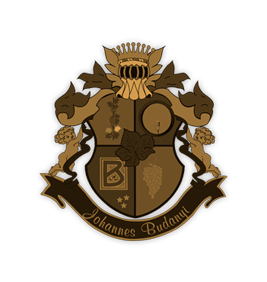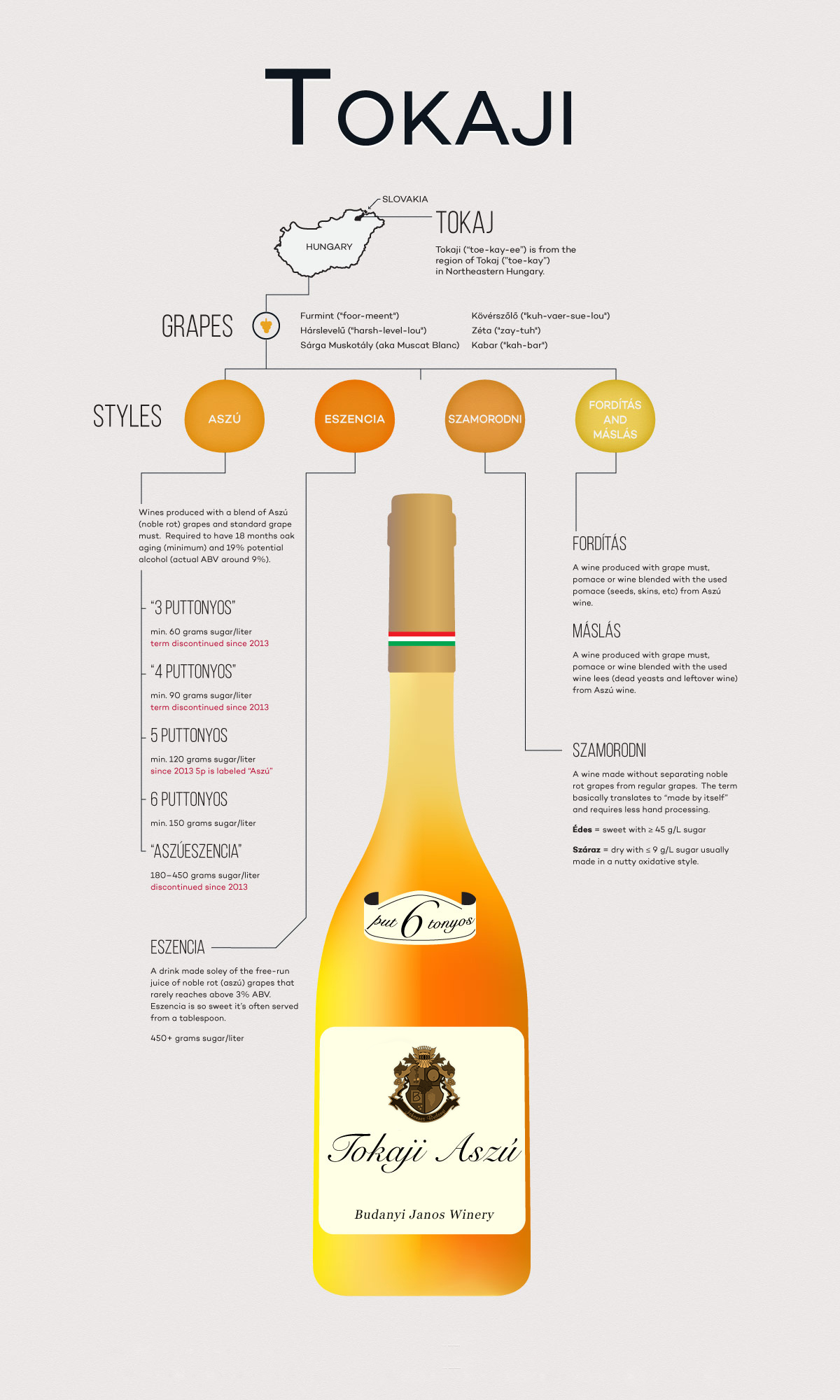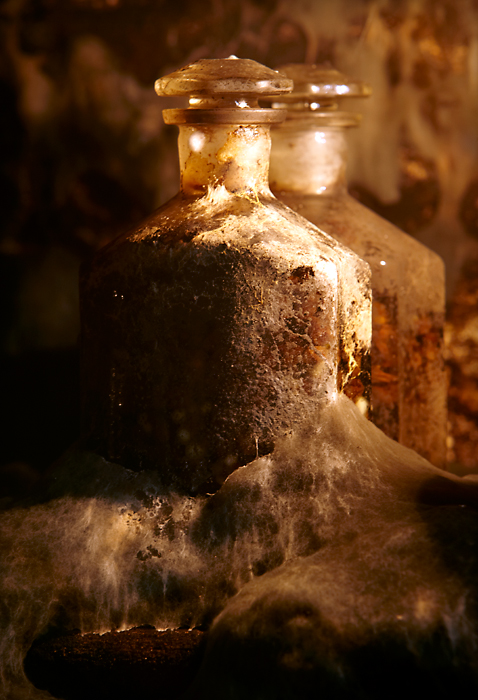Royal Tokaji Wines
Royal Budanyi Janos Winery
The Royal Tokaji Budanyi Janos Winery is located in the Royal Tokaji region of Hungary. It is a family–run winery that specializes in producing dry and sweet wines from the region’s indigenous grape varieties. The winery is owned and run by the Royal Tokaji Budanyi family, who have been making wine in the Royal Tokaji region for several generations. Our winery’s philosophy is to make wines that reflect the unique terrain of the Royal Tokaji region, while expressing the full potential of the local varieties. Royal Budanyi Janos Winery in Tokaji, Hungary produces a range of wines, including single–varietal and blended white wines, as well as a small amount of red wine. The wines are made in a modern style and are characterized by their intense aromas and flavors.
Small quantities of Hungarian Tokaji Aszu and Tokaji Wine at large are exported from Hungary to the United States and many other parts of the world. Few wineries and cellars can boast being fully Hungarian and the best possible cultivators of Tokaji Wine. Budanyi Janos Winery located in Tokaji, Hungary successfully accomplishes this legendary feat. This impossible objective is made possible by virtue of their virtuous attention to award winning grape cultivation as is made clear by the family creed, countless hectares of prime wine vineyards, and a vast multi-generational cellar.
It is not by mistake that the Budanyi Janos family creed is “Az eletunk palackba zarva” meaning:
Our life corked into a bottle.
Our family winery, as a family-run business was established in 1993, as a limited partnership, in the village of Tállya bourgeois mansion built in the 18th century. In the beginning, we worked on three hectares of vineyard. Due to the geographical features of Tokaj-Hegyalja, of course, first we started to deal with viticulture, then with wine making. First, we produced wines in wood and then we put more emphasis on bottled wines. Over the years, due to our fast growing enterprise and thanks to our growing market, we started to deal with wine in decorated glass battles besides the traditional bottles. As a consequence, we could observe a sharp increase in our new domestic and foreign partners.
The most important principles in our wine technology include the consistent quality and the adherence to the classical traditions. Of course, we are ready to receive, host and to introduce a new type of reductive tendency.
Our family-run winery has an 18 year old history. We have achieved everything with our own efforts, without any credit and we can say that our wines have appeared abroad, as well. I would like to highlight some of our business partners involving South Korea and Seoul, which is a huge achievement for a small Central Hungarian enterprise. But I could also mention Croatia, Germany, Italy, Poland, England, Belgium, Scotland or Switzerland, too. We have always fulfilled the continuously arriving orders with the utmost care.
Our local customers find us in small and medium -sized businesses and commercial units. We participate in national and international wine festivals, where we can introduce ourselves, our wines and our creed personally to our consumers. Our family will always be at disposal for all the interested customers.
In 2000, we bought a grape processing plant and a cellar with it in Szerencs, so our headquarter was transferred from Tállya to Szerencs. At the official transference of the cellar, our cellar was introduced as one of the most beautiful cellar of the Tokaj wine region. The origins of this cellar could be traced back to 1901, to Count Harkányi, all the other records were lost, but probably this cellar was built around the 1700s. The cellar is 300 meters long and nearly 300 barrels can be found there. The most interesting part of the cellar is the Wine Museum where there are 5,000 bottles of historic wine under maturation. Among them, the Essence from 1936 can be found, as well. We are proud of the Aszú Essence from 1972 which was chosen to be the best wine of the world in America in 1996.
By today, we have more than 15 acres of vineyard. Our vineyards can be found in Tállya , Mád and Szerencs.
Types of Grapes
Vinum Regum, Rex Vinorum
The Legend Lives On:
“The Wine of Kings, the King of Wines”
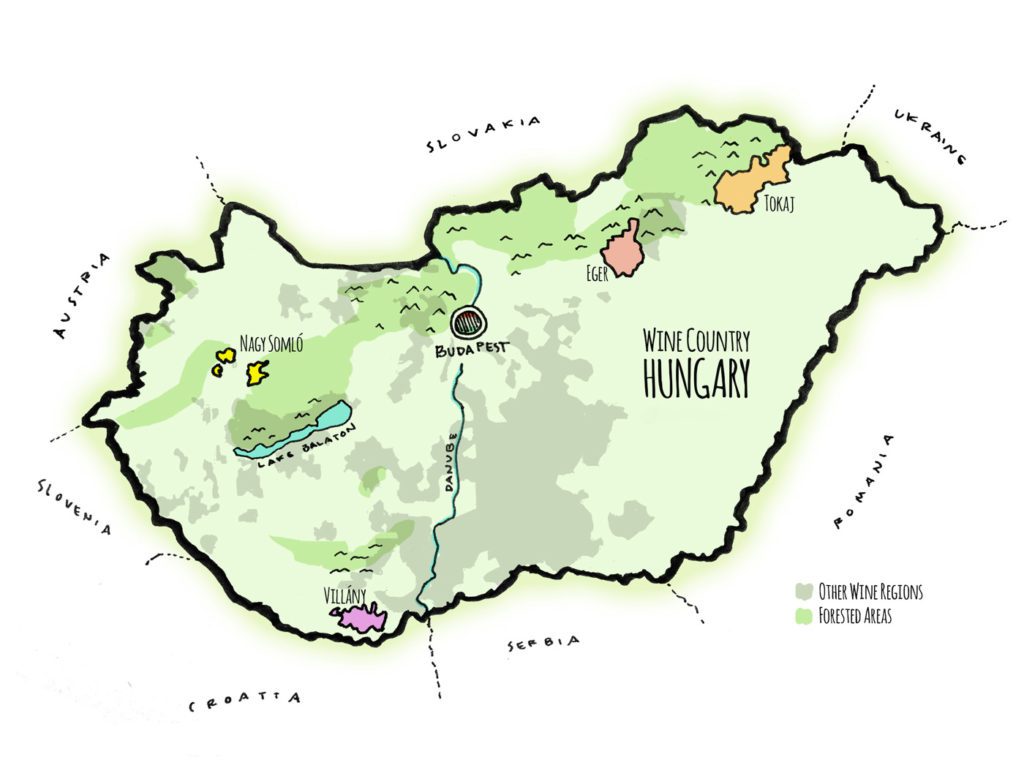
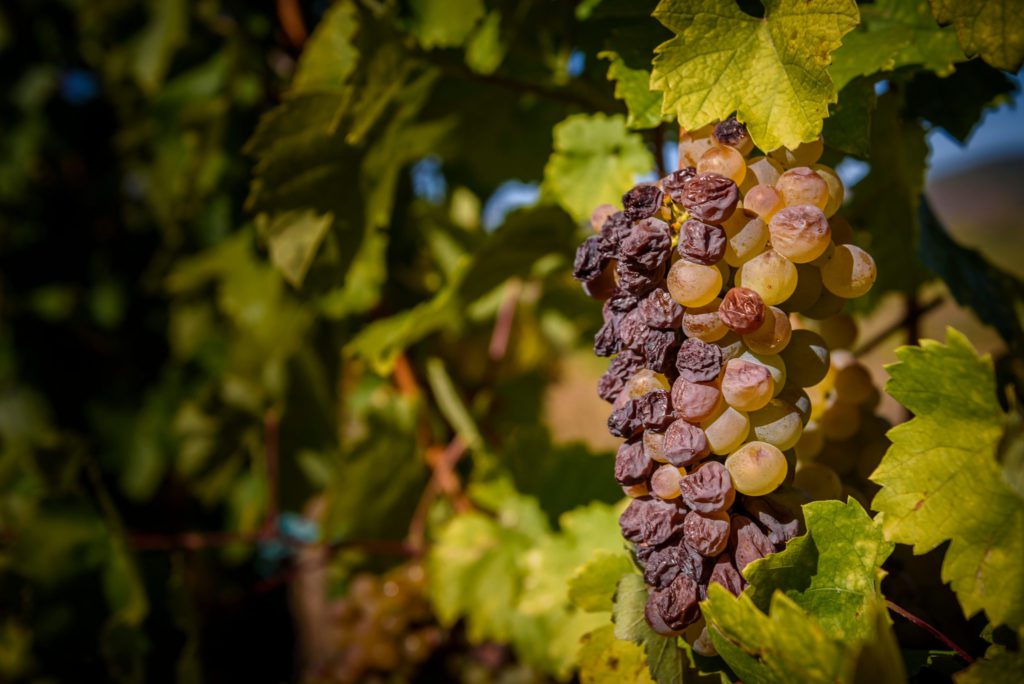
Worlds First Botrytized Wine
Seventeenth-century beginnings: Tokaji aszú is believed to be the world’s first botrytized grape wine. Lady Zsuzsánna Lórántffy pioneered this type of wine around 1650 by pushing the grape harvest into autumn. This allowed noble rot to affect more grapes. During the seventeenth century, 27 different communities labeled their wines Tokaji, and individual vineyards were classified in the following century.
Louis XIV’s Favorite Wine
Eighteenth-century popularity: During the eighteenth century, sweet wines were incredibly popular and Tokaji wines were drunk in the Russian and French royal courts. Louis XIV is reported to have called it “the wine of kings.”
Origin Story: Prince Ferenc Rákóczi II of Transylvania (1676-1735), who owned most of the vineyards in the Tokaj region at his time, visited the French Royal Court quite often. During his war for independence from the Hapsburgs in the early 18th century, he tried to ally himself with influential European monarchs, amongst them Louis XIV of France. As the House of Hapsburg was on the verge of dying out in Spain, the French Royal Court was looking for allies in its fight against Austrian hegemony.
Consequently, they established contact with Rákóczi and promised support if he took up the cause of Hungarian independence. An Austrian spy seized this correspondence and brought it to the attention of the Austrian Emperor. Rákóczi was arrested on 18 April 1700 and imprisoned in Vienna, but managed to escape and flee to Poland. He was sheltered by the French ambassador. Three years later, the War of the Spanish Succession caused a large part of the Austrian forces in the Kingdom of Hungary to temporarily leave the country. Taking advantage of the situation, Rákóczi headed a new uprising, which finally failed in 1711.
Consequently, they established contact with Rákóczi and promised support if he took up the cause of Hungarian independence. An Austrian spy seized this correspondence and brought it to the attention of the Austrian Emperor. Rákóczi was arrested on 18 April 1700 and imprisoned in Vienna, but managed to escape and flee to Poland. In Poland he was sheltered by the French ambassador. Three years later, the War of the Spanish Succession caused a large part of the Austrian forces in the Kingdom of Hungary to temporarily leave the country. Taking advantage of the situation, Rákóczi headed a new uprising, which finally failed in 1711.
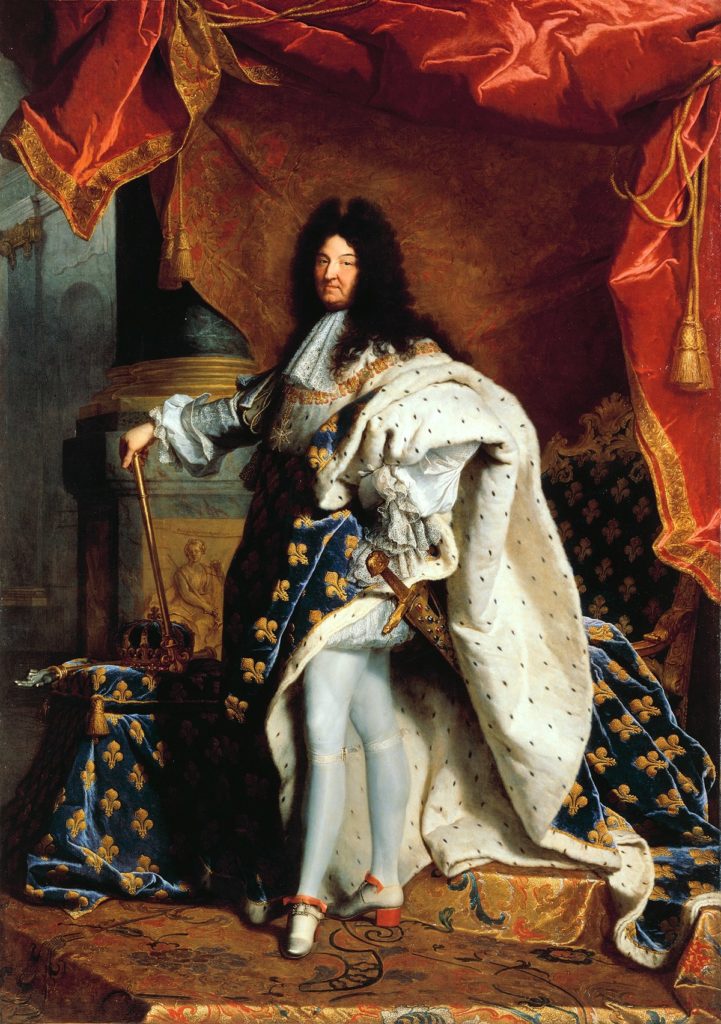
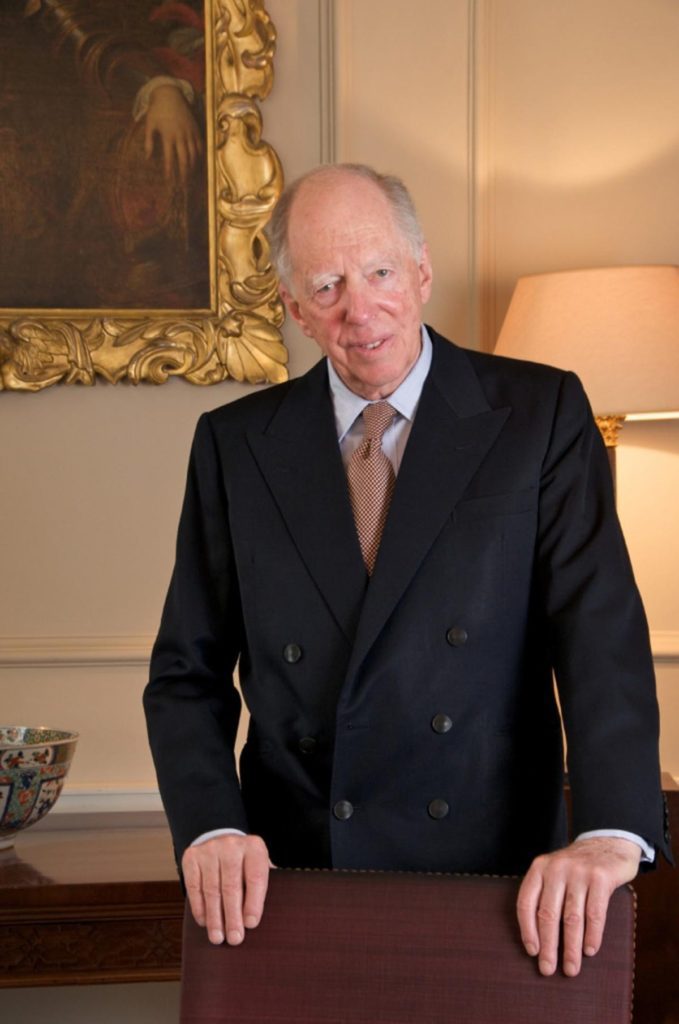
Lord Jacob Rothschild
Twentieth-century revival: Some growers and winemakers held onto their traditions through those difficult decades, and the collapse of the Soviet Union around 1989 saw the beginning of a Tokaji resurgence. Foreign investors—primarily Lord Jacob Rothschild, British wine writer Hugh Johnson, and Bordeaux winemaker Peter Vinding-Diers—partnered with local winemakers to form the Royal Tokaji Wine Company. Over the next few years, foreigners continued to inject money into Tokaj, bringing the wine back from obscurity.
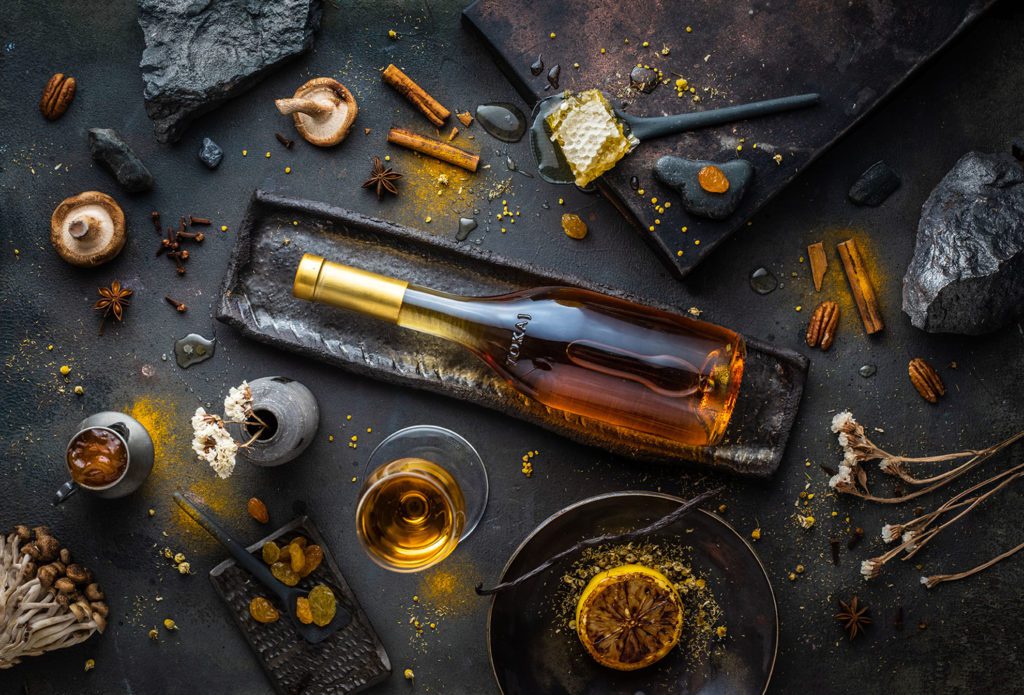
Worlds Most Expensive Wine
Twenty First Century Boom: Tokaji Aszú Essencia sells for $40,000 a bottle. Essencia in itself is a miracle of nature. It’s very labor intensive and takes many years of careful work in the cellar. Essencia can only be produced in years with more or less perfect weather conditions for botrytis. It is always the wine makers exclusive decision as to what yearsTokaji Aszú Essencia is bottled. Budanyi Janos Winery boasts over 5,000 bottles of historic wine under maturation. Our cellar was introduced as one of the most beautiful cellar of the Tokaj wine region. Among them, the Essence from 1936 can be found, as well. Aszú Essence from 1972 which was chosen to be the best wine of the world in America in 1996.

